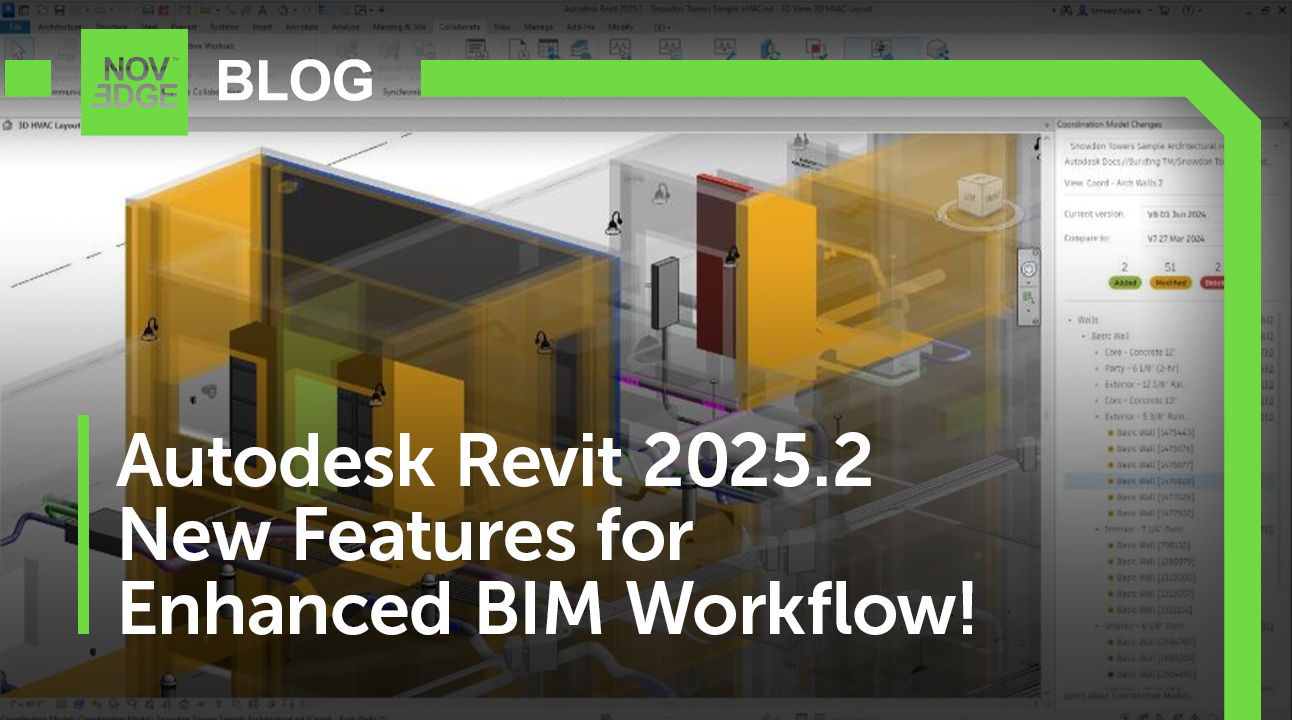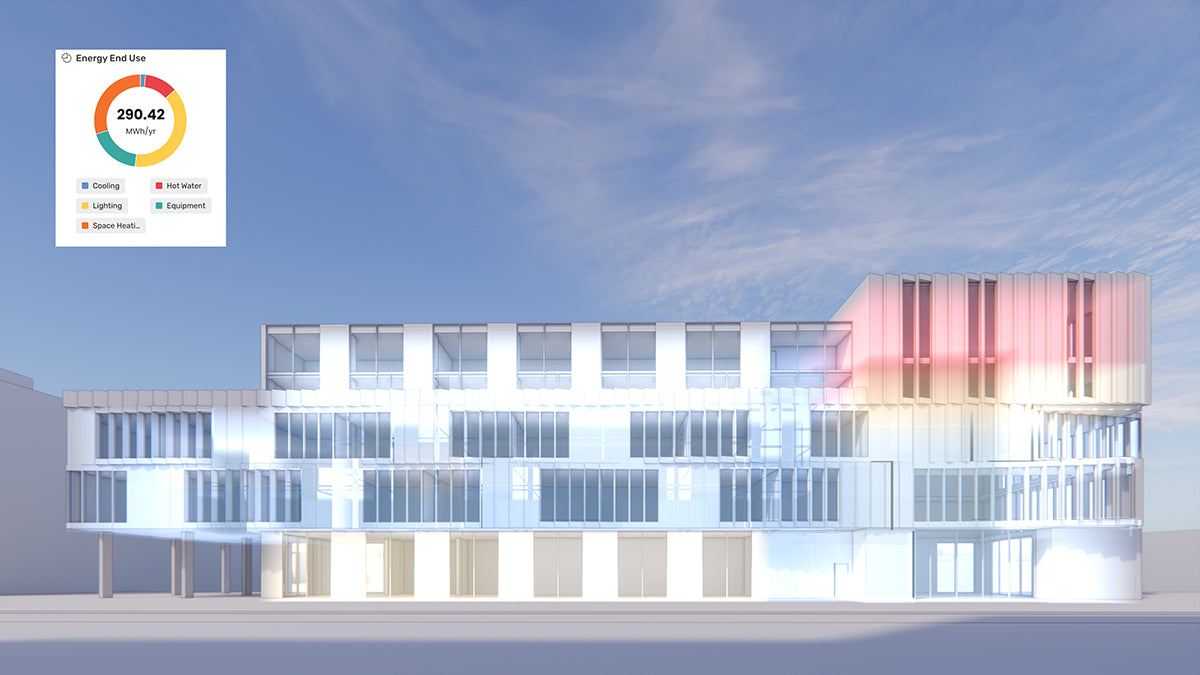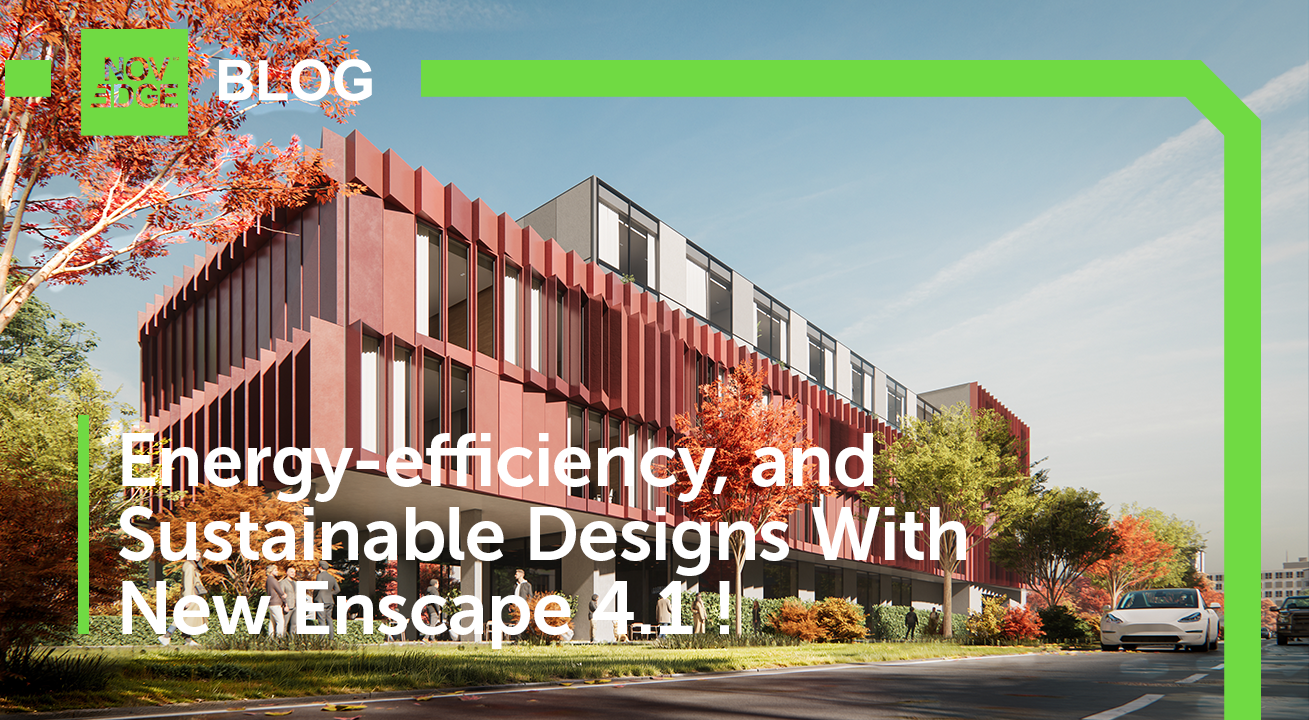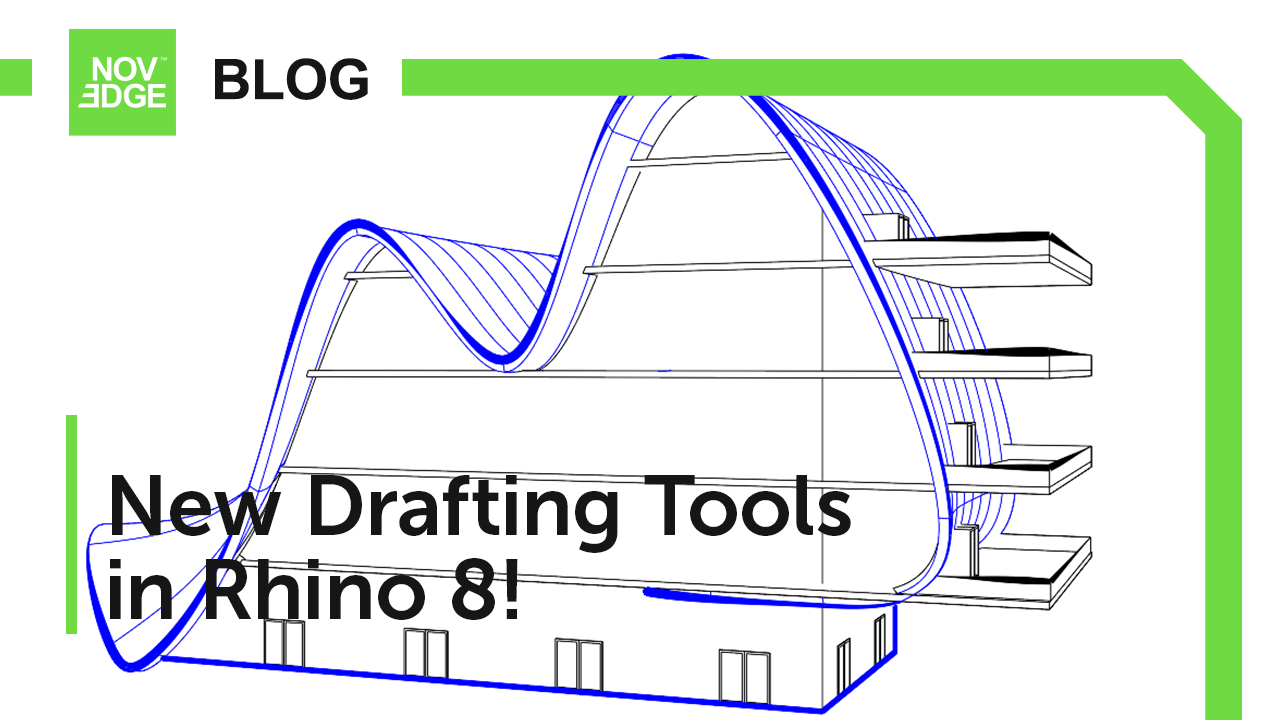Your Cart is Empty
Customer Testimonials
-
"Great customer service. The folks at Novedge were super helpful in navigating a somewhat complicated order including software upgrades and serial numbers in various stages of inactivity. They were friendly and helpful throughout the process.."
Ruben Ruckmark
"Quick & very helpful. We have been using Novedge for years and are very happy with their quick service when we need to make a purchase and excellent support resolving any issues."
Will Woodson
"Scott is the best. He reminds me about subscriptions dates, guides me in the correct direction for updates. He always responds promptly to me. He is literally the reason I continue to work with Novedge and will do so in the future."
Edward Mchugh
"Calvin Lok is “the man”. After my purchase of Sketchup 2021, he called me and provided step-by-step instructions to ease me through difficulties I was having with the setup of my new software."
Mike Borzage
Explore Autodesk Revit 2025.2: New Features and Enhancements for Enhanced BIM Workflows
July 30, 2024 3 min read

The latest iteration of Autodesk's flagship BIM solution, Autodesk Revit 2025.2, is now available, bringing a host of enhancements that significantly extend the capabilities of architectural, engineering, and construction professionals. The ongoing development of Revit ensures it remains at the cutting edge of BIM technology, and the 2025.2 release is no exception.
With this update, Autodesk has focused on enhancing stability, performance, and quality, addressing over 60 areas of the software. For professionals who are part of the AEC community, these continuous improvements are crucial as they ensure more efficient workflows, better collaboration, and more accurate modeling and analysis.
Key to this release is the introduction of new automation capabilities for structural analysis. The ability to generate analytical models from physical elements in Revit has been significantly improved, allowing for more precise and intelligently connected elements that align with the physical model. This ensures that engineers can model with an analytical mindset, resulting in a structural analysis that is both seamless and accurately reflective of the design intent.
The partnership between Revit andTwinmotion has been further strengthened through a new feature that facilitates the automatic substitution of Revit family objects with Twinmotion assets. This pivotal enhancement saves time and enhances visualization capabilities, allowing for more dynamic scene creation and the realistic representation of design options.
Autodesk's commitment to user feedback is evident in the new tabs for the project browser, a highly requested feature that simplifies navigation and reduces the need for excessive scrolling.
Additionally, the integration of Autodesk Insight directly into the Revit ribbon promotes more accessible and integrated sustainability analysis.
Revit Home has also evolved, graduating from its Tech Preview phase to offer a more personalized and efficient experience. The updated interface provides users with nuanced control over project management, including advanced search, filter, and sorting options.
One of the most impactful updates is the ability to track changes in linked models directly from Autodesk Docs within Revit. This feature now extends support to IFC and NWC file formats, allowing for comprehensive cross-disciplinary coordination and improved design management. The updated manage links dialogue introduced in Revit 2025.2, complete with a modernized interface and enhanced functionality, further supports this collaborative environment.
The newest release of Dynamo for Revit includes Dynamo core 3.2.1 and enriches the user experience with a new home page, additional nodes, and out-of-the-box templates for common workflows. This integration serves to expand the computational design capabilities within Revit, providing users with greater flexibility and power in their design processes.
For structural design, the 2025.2 update brings improved parameters for steel structures, aligning with industry standards to deliver more precise weight and length calculations.
The new taggable parameters for truss families also contribute to more detailed and accurate modeling.
Furthermore, enhancements in the display and behavior of linked toposolids, first introduced in Revit 2025.1, offer more robust support for site design, allowing for smoother loading and editing capabilities.
In conclusion, Autodesk Revit 2025.2 represents a significant step forward for BIM workflows, assuring that professionals in architecture, engineering, and construction have access to the latest tools necessary for designing, analyzing, and coordinating complex projects. With Autodesk's unwavering dedication to improvement, these enhancements mirror the industry's evolving needs, underscoring the software's role as an indispensable asset in the AEC sector. For more information about the newest and most advanced design software technology, we encourage you to contact our sales team at NOVEDGE.
Also in NOVEDGE Blog

How the AEC Industry Shifted Towards Essential Sustainable Building Design
August 15, 2024 4 min read
Explore sustainable building design strategies at NOVEDGE, focusing on eco-friendly practices for resilient and efficient structures.
Read More
Unlocking New Realms of Design with Enscape 4.1: Introducing Impact Add-on and Lot More
August 02, 2024 2 min read
Discover Enscape 4.1's new features, including Enscape Impact and artistic visual modes, to elevate design efficiency at NOVEDGE.
Read More
Rhino 8 New Features: From Enhanced Modeling to Advanced Drawing Tools
July 29, 2024 3 min read
Read MoreSubscribe
Sign up to get the latest on sales, new releases and more …


